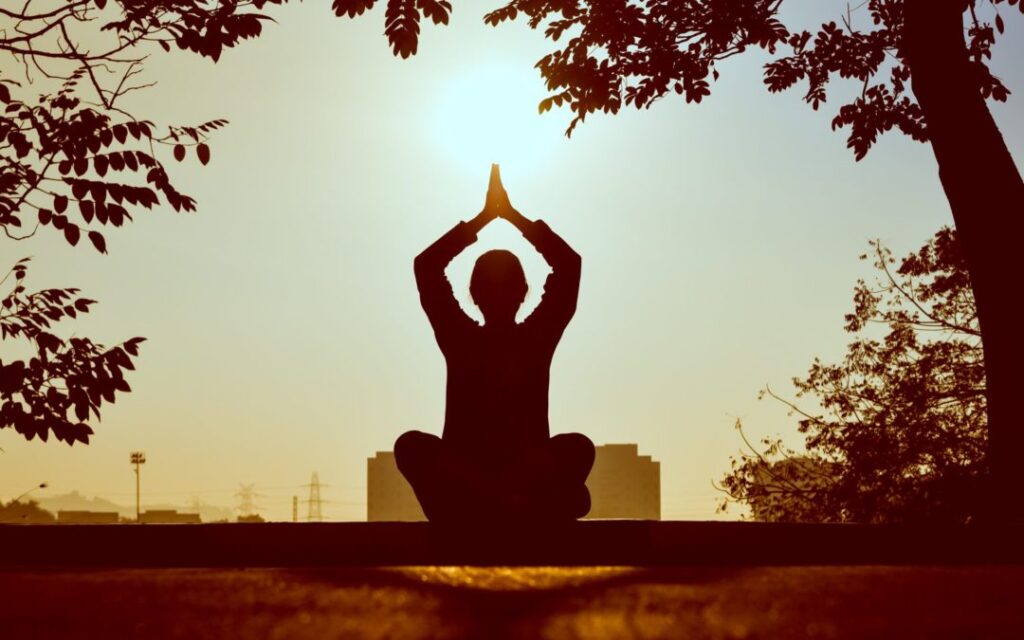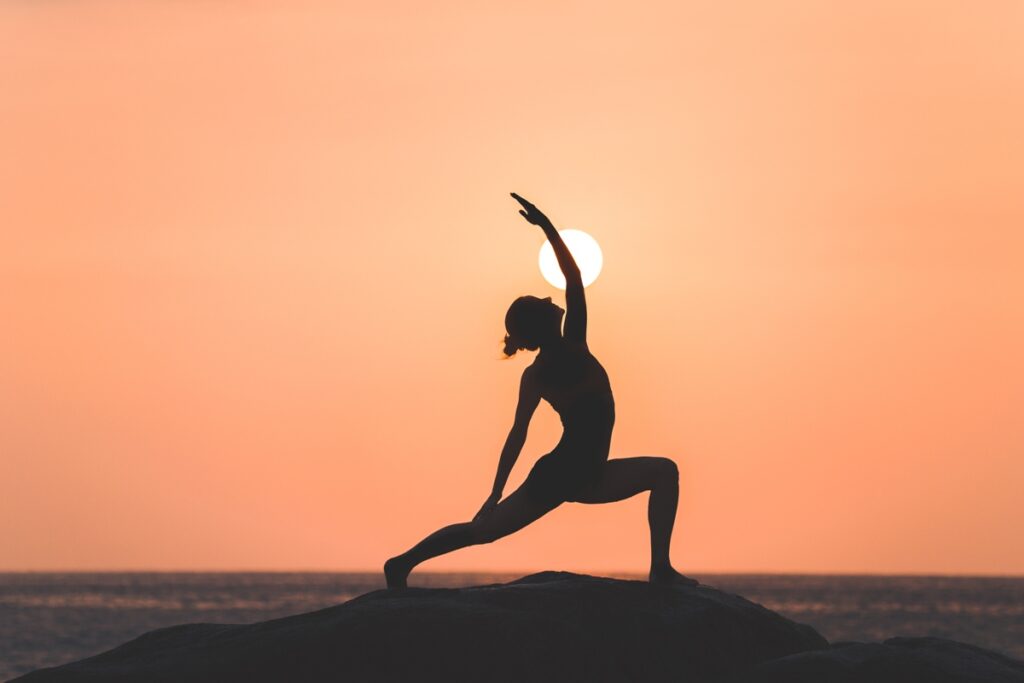In today’s fast-paced world, finding inner peace has become more important than ever. With stress, anxiety, and distractions constantly bombarding us, it’s easy to feel overwhelmed and disconnected from ourselves. Fortunately, practices like meditation and yoga offer powerful tools for cultivating inner peace and harmony. In this article, we’ll explore how meditation and yoga can help you find inner peace and provide practical tips for integrating these practices into your daily life.
Understanding Inner Peace:
Before diving into the techniques of meditation and yoga, it’s essential to understand what inner peace truly means. Inner peace isn’t just the absence of external chaos; it’s a state of calmness and contentment that arises from within, regardless of external circumstances. It’s about being grounded, centered, and in harmony with yourself and the world around you.
Meditation for Inner Peace:
Meditation is a practice that has been used for centuries to cultivate inner peace and mindfulness. At its core, meditation involves training the mind to focus and quiet the chatter of thoughts, allowing you to experience a deeper sense of awareness and presence. Here are some meditation techniques to help you find inner peace:
- Mindfulness Meditation: Mindfulness meditation involves paying attention to the present moment without judgment. Sit quietly and focus on your breath, the sensations in your body, or the sounds around you. When thoughts arise, simply observe them without getting caught up in them and gently bring your attention back to the present moment.
- Loving-Kindness Meditation: This meditation involves cultivating feelings of love, compassion, and kindness towards yourself and others. Start by directing loving-kindness towards yourself, then gradually extend it to loved ones, acquaintances, and even people you may have difficulties with. This practice can help dissolve feelings of resentment and foster a sense of connection and empathy.
- Guided Visualization: Guided visualization involves imagining yourself in a peaceful and serene environment, such as a lush forest or a tranquil beach. Allow yourself to fully immerse in the sensory experience, noticing the sights, sounds, and smells around you. This practice can help calm the mind and evoke feelings of relaxation and inner peace.
Yoga for Inner Peace:
Yoga is another powerful tool for finding inner peace, combining physical postures, breathwork, and meditation to harmonize the body, mind, and spirit. The practice of yoga not only increases flexibility and strength but also cultivates mindfulness and self-awareness. Here are some yoga practices to help you find inner peace:

- Hatha Yoga: Hatha yoga is a gentle form of yoga that focuses on physical postures and breath control. Practicing hatha yoga can help release tension from the body, quiet the mind, and promote a sense of relaxation and inner peace. Start with simple poses like Mountain Pose, Child’s Pose, and Corpse Pose, and gradually build up to more advanced poses as you become more comfortable.
- Pranayama: Pranayama, or yogic breathing exercises, are an integral part of yoga practice and can help calm the mind and balance the nervous system. Try practicing deep belly breathing, alternate nostril breathing, or the 4-7-8 breathing technique to promote relaxation and inner peace.
- Yoga Nidra: Yoga Nidra, also known as yogic sleep, is a guided meditation practice that induces deep relaxation and inner peace. Lie down in a comfortable position and follow along with a guided meditation that takes you through a series of body scans, breath awareness, and visualization exercises. Yoga Nidra can help reduce stress, improve sleep, and enhance overall well-being.
Practical Tips for Integration:
Finding inner peace through meditation and yoga is not just about practicing on the mat or cushion; it’s about integrating these practices into your daily life. Here are some practical tips for incorporating meditation and yoga into your routine:
- Set aside time each day for practice: Schedule regular times for meditation and yoga practice, whether it’s in the morning, during your lunch break, or before bed. Consistency is key to reaping the benefits of these practices.
- Start small: If you’re new to meditation and yoga, start with short sessions and gradually increase the duration and intensity as you become more comfortable. Remember, it’s not about perfection; it’s about progress.
- Create a peaceful environment: Find a quiet and comfortable space for meditation and yoga practice, free from distractions and interruptions. You may also want to enhance the ambiance with candles, incense, or soothing music.
- Be gentle with yourself: Let go of any expectations or judgments and approach your meditation and yoga practice with kindness and compassion. It’s okay to have wandering thoughts or struggle with certain poses; what matters is that you’re showing up and making an effort to find inner peace.
Conclusion:
In conclusion, meditation and yoga are powerful tools for finding inner peace in today’s hectic world. By cultivating mindfulness, self-awareness, and compassion, these practices can help quiet the mind, reduce stress, and promote a deeper sense of connection with yourself and others. Whether you’re sitting in meditation, flowing through yoga poses, or simply taking a few deep breaths, remember that inner peace is always within reach – you just have to pause, breathe, and be present.


